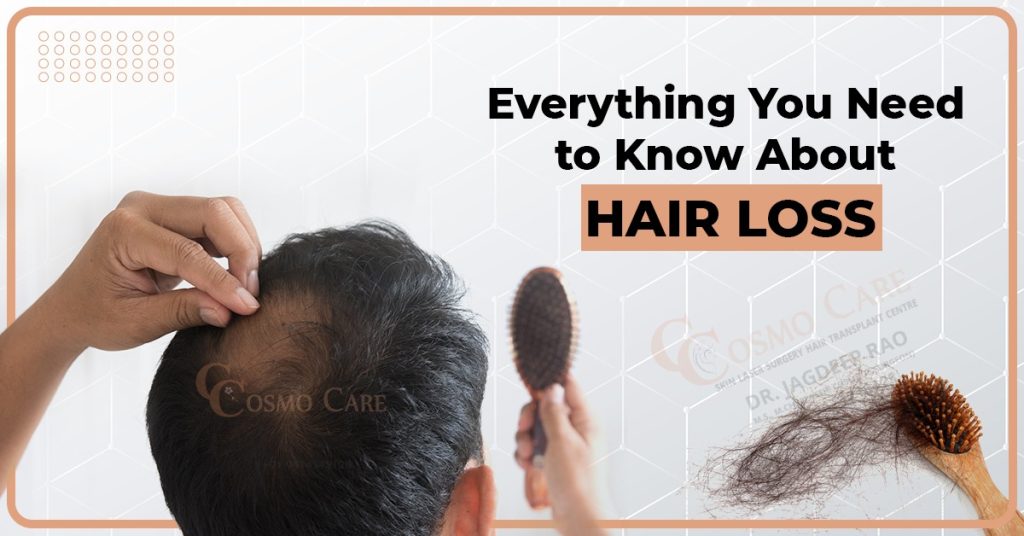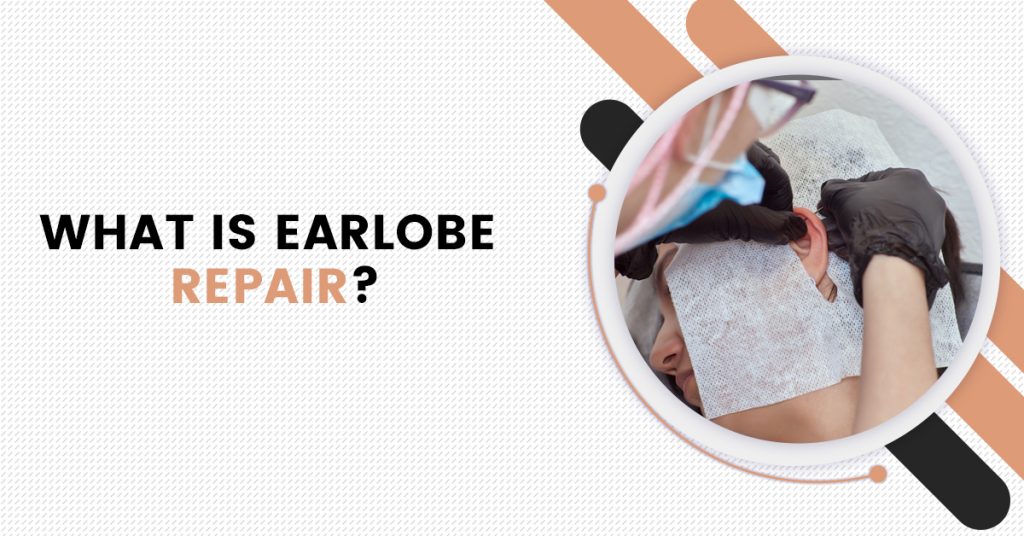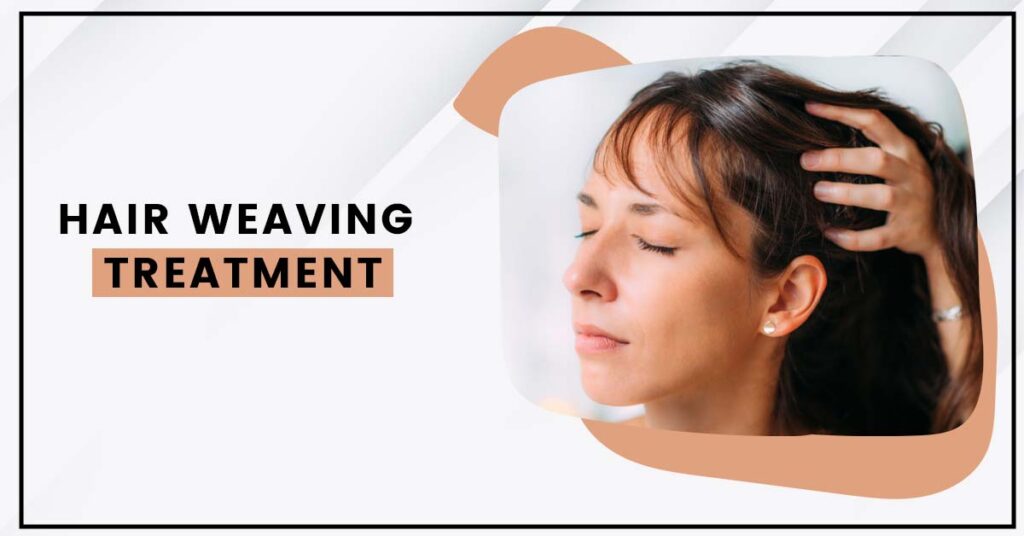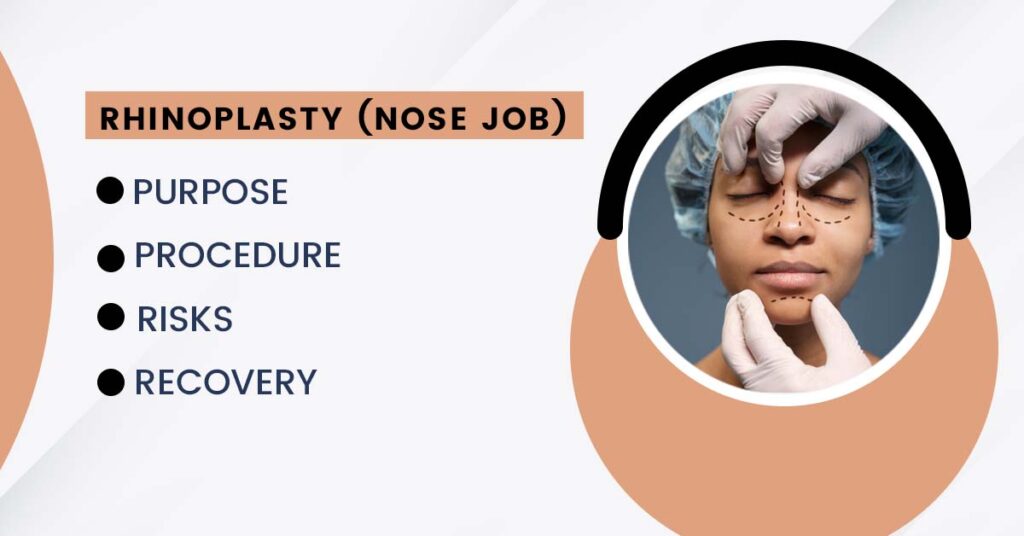Introduction
Hair loss, also known as alopecia, is a common condition characterized by the partial or complete loss of hair from the scalp or other areas of the body. It can affect both men and women and can occur at any age. Hair loss can have various causes and can range from temporary and reversible conditions to permanent hair loss.
The human scalp typically contains about 100,000 to 150,000 hair follicles, tiny structures responsible for hair growth. Hair loss occurs when the hair follicles stop producing new hair strands or when the existing hair strands become thinner, weaker, and eventually fall out.
Treatment options for hair loss depend on the underlying cause and may include medications, lifestyle changes, hair transplant surgery, or the use of specialized hair care products. It’s important to consult with a dermatologist or a healthcare professional for an accurate diagnosis and personalized treatment plan.
While not all types of hair loss can be prevented, maintaining a healthy lifestyle, managing stress, avoiding harsh hair treatments, and practicing good hair hygiene can help promote overall hair health.
Hair loss Symptoms
The symptoms of hair loss can vary depending on the underlying cause and the specific type of hair loss. Here are some common symptoms associated with different types of hair loss:
● Gradual Thinning: The most common symptom of androgenetic alopecia (male or female pattern baldness) is a gradual thinning of hair on the scalp. In men, it typically begins with a receding hairline and thinning at the crown, while women may experience overall thinning of the hair.
● Patchy Hair Loss: Alopecia areata often presents as one or more round or oval patches of hair loss on the scalp or other areas of the body. The patches are usually smooth and may be surrounded by normal hair growth.
● Excessive Hair Shedding: Telogen effluvium is characterized by increased shedding of hair. You may notice more hair than usual on your pillow, in the shower drain, or when you brush or comb your hair. The shedding is often diffuse and not limited to specific areas.
● Hair Breakage: Some individuals may experience hair breakage, where the hair strands become weak and prone to snapping. This can be caused by excessive heat styling, chemical treatments, or harsh hair care practices.
● Scalp Itching or Irritation: Certain types of hair loss, such as scalp infections or conditions like psoriasis, may cause itching, redness, or irritation on the scalp.
● Visible Bald Spots: In advanced cases of certain types of hair loss, such as alopecia totalis or traction alopecia, distinct bald spots or areas of complete hair loss may become noticeable.
You Can Read Also:- Tips for Taking Care of Your Lips
What causes hair loss?
There are numerous reasons that might contribute to hair loss, including:
● Genetic Factors: The most common cause of hair loss is hereditary or genetic factors. Androgenetic alopecia, or male/female pattern baldness, is influenced by genetic predisposition and hormone levels.
● Hormone Changes: Thyroid diseases, menopause, pregnancy, childbirth, and other hormonal imbalances can all cause hair loss. Elevated levels of dihydrotestosterone (DHT), a hormone derived from testosterone, can also shrink hair follicles and lead to hair thinning.
● Medical Conditions: Certain medical conditions can cause hair loss, including alopecia areata (autoimmune disorder), scalp infections (such as ringworm), trichotillomania (hair-pulling disorder), lupus, certain skin disorders (like psoriasis), and hormonal disorders (such as polycystic ovary syndrome).
● Medications and Treatments: Some medications and treatments can cause temporary or permanent hair loss as a side effect. These may include chemotherapy drugs, certain antidepressants, blood thinners, anticonvulsants, and medications for high blood pressure.
● Physical or Emotional Stress: Significant physical or emotional stress can lead to temporary hair loss known as telogen effluvium. This condition causes hair follicles to enter a resting phase prematurely, resulting in excessive shedding.
● Nutritional Deficiencies: Inadequate intake of essential nutrients, such as iron, zinc, vitamin D, and protein, can contribute to hair loss. Poor nutrition can weaken hair strands and impair the growth cycle of hair follicles.
● Hairstyling Practices: Frequent use of harsh chemical treatments, excessive heat styling, tight hairstyles (like braids or ponytails), and hair extensions can cause traction alopecia, which is hair loss due to repeated tension and pulling on the hair.
● Aging: As individuals age, hair follicles may shrink and produce thinner, finer hair. This can result in overall hair thinning and a reduced rate of hair growth.
It’s important to note that the specific cause of hair loss can vary from person to person, and multiple factors may contribute simultaneously.
You Can Read Also:- Hair Transplant: Procedure, Recovery, Complications, and More
Diagnosis of Hair Loss
The diagnosis of hair loss involves a comprehensive evaluation by a healthcare professional or dermatologist. Here are some common steps and considerations in the diagnosis process:
● Medical History: The healthcare professional will begin by taking a detailed medical history, including information about your symptoms, family history of hair loss, any underlying medical conditions, recent illnesses or surgeries, medication use, and lifestyle factors.
● Physical Examination: A physical examination of the scalp and hair is conducted to assess the pattern and extent of hair loss. The healthcare professional will examine the scalp for signs of inflammation, infections, scaling, or other abnormalities.
● Pull Test: A gentle pull test may be performed to assess the amount of hair shedding. This involves grasping a small bundle of hair and gently tugging to see how many hairs are lost.
● Scalp Biopsy: In some cases, a small sample of the scalp may be taken for a scalp biopsy. This procedure involves removing a small piece of skin from the scalp for microscopic examination, helping to identify any underlying scalp conditions or inflammation.
● Blood Tests: Blood tests may be ordered to check for specific factors that can contribute to hair loss, such as hormone levels (including thyroid hormones), iron levels, vitamin D levels, and markers of autoimmune conditions.
● Trichoscopy: Trichoscopy is a non-invasive technique that uses a specialized device to magnify the scalp and hair follicles. It helps to examine the hair shaft, follicular openings, and patterns of hair loss more closely.
● Additional Tests: Depending on the suspected cause of hair loss, additional tests may be ordered. These can include fungal cultures, scalp cultures, hormone level assessments, or specific tests for autoimmune conditions.
The diagnosis of hair loss can be complex, as multiple factors can contribute to the condition.
What are The Treatment Options for Hair loss?
The treatment options for hair loss vary depending on the underlying cause and the type of hair loss being experienced. Here are some common treatment approaches:
Medications:
● Minoxidil: The topical solution or foam form of this over-the-counter drug is offered. It is applied directly to the scalp and is commonly used for androgenetic alopecia. Minoxidil promotes hair growth and can slow down hair loss progression.
● Finasteride: This prescription medication is available in pill form and is primarily used for male pattern baldness. It works by blocking the conversion of testosterone to dihydrotestosterone (DHT), which can shrink hair follicles. Finasteride may help to slow down hair loss and promote hair regrowth in some individuals.
Hormone Therapy:
● Hormone replacement therapy (HRT): In cases where hormonal imbalances are causing hair loss, hormone replacement therapy may be prescribed. This is commonly used for women experiencing hair loss due to menopause or other hormonal changes.
● Platelet-Rich Plasma (PRP) Therapy: PRP therapy involves the extraction of a small amount of the patient’s blood, which is then processed to separate platelets rich in growth factors. The concentrated platelets are injected into the scalp to stimulate hair growth and improve the health of hair follicles.
● Hair Transplant Surgery: Hair transplant surgery involves the removal of hair follicles from a donor area (typically the back or sides of the scalp) and their transplantation into areas with thinning or no hair. Results from this operation may persist for a very long time and appear natural.
● Laser Therapy: Red light is emitted by low-level laser treatment (LLLT) equipment to activate hair follicles and encourage hair growth. These devices can be used at home or administered in a clinical setting.
● Lifestyle Changes: Practicing good hair care habits, such as avoiding excessive heat styling, minimizing chemical treatments, and being gentle while handling hair, can help prevent further damage and breakage.
● Managing stress levels through relaxation techniques, exercise, and maintaining a healthy lifestyle can also contribute to overall hair health.
Hair Transplant surgery
Hair transplant surgery is a surgical procedure performed to address hair loss or thinning by transplanting hair follicles from one area of the scalp, known as the donor area, to another area with thinning or no hair, known as the recipient area. It is typically used to treat androgenetic alopecia (male or female pattern baldness) but can also be used for other types of hair loss.
Here is a general overview of the hair transplant surgery process:
● Consultation: Consultation with a skilled hair transplant surgeon is the initial step. During the consultation, the surgeon will evaluate your hair loss pattern, assess the donor and recipient areas, and discuss your goals and expectations. They will also explain the procedure, potential risks, and outcomes specific to your case.
● Donor Area Preparation: In most cases, the donor area is the back or sides of the scalp, where hair follicles are genetically resistant to balding. Before the surgery, the hair in the donor area is trimmed short to facilitate the extraction process.
● Hair follicle harvesting can be accomplished using one of two basic techniques:
a. Follicular Unit Transplantation (FUT): With FUT, a strip of skin containing hair follicles is surgically removed from the donor area. The incision is subsequently stitched or stapled shut. The strip is dissected under a microscope to separate individual hair follicles into grafts.
b. Follicular Unit Extraction (FUE): Using a specialized punch instrument, FUE involves removing individual hair follicles from the donor area. Compared to the linear scar after FUT, these small, dot-like scars are less obvious.
● Preparation of Recipient Area: The recipient area, where the hair follicles will be transplanted, is prepared by making small incisions or tiny holes. The surgeon carefully considers the angle, direction, and density of the recipient site to achieve a natural-looking result.
● Graft Placement: The harvested hair follicles are carefully placed into the recipient area by the surgeon or trained technicians. The grafts are inserted into the incisions or holes using specialized instruments.
● Postoperative Care: After the procedure, the scalp may be bandaged, and you may be prescribed pain medication or antibiotics. The surgeon will provide specific instructions on how to care for the transplanted area, including washing techniques, avoiding strenuous activities, and follow-up appointments.
Over time, the transplanted hair follicles will undergo a shedding phase and then start to grow new hair. It usually takes several months to see noticeable hair growth, and the final results may take up to a year to fully manifest.
Hair transplant surgery is considered a safe and effective option for addressing hair loss, but it’s important to choose an experienced and qualified surgeon to ensure optimal results.







